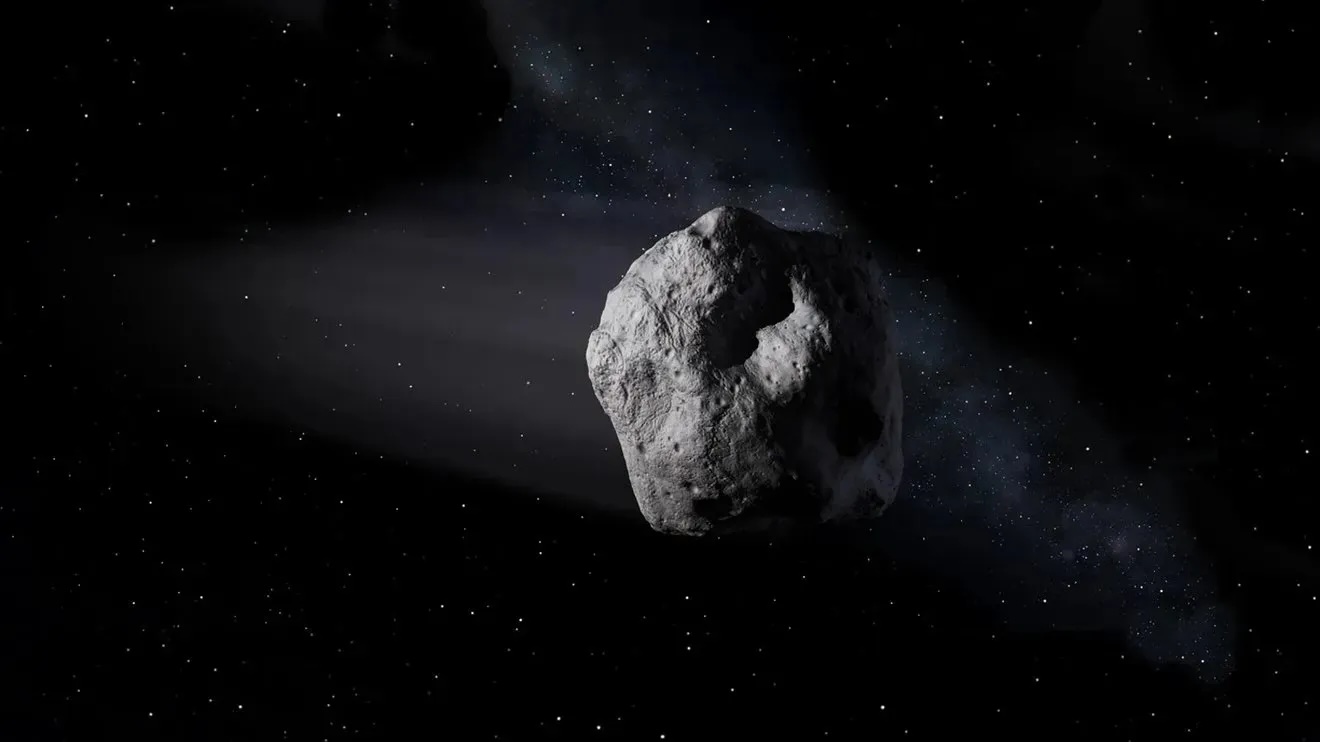When you purchase through link on our situation , we may earn an affiliate commission . Here ’s how it works .
The old red blood line cellular phone ever identified have been found in the body of Ötzi the Iceman , a 5,300 - class - old mummy found in the Alps in 1991 .
The bloody discovery is a first for Ötzi ’s mummy , which has been under scientific scrutiny since a brace of tramper stumbled over the eubstance frozen in ice on the Austrian - Italian border . And the newfangled research , publish today ( May 1 ) in the Journal of the Royal Society Interface , helps confirm the account of Ötzi ’s death .

A 5,300-year-old blood cell found in the tissue of Ötzi the Iceman.
The Iceman was so well preserved that scientists could estimate his long time ( about 45),his health , hislast meals(they included red deer meat with herb bread ) and even his probable causal agency of death , an arrow wounding to the shoulder that sliced an artery . But no one had ever found rip cells in the ancient military personnel ’s corpse .
Albert Zink , a biologic anthropologist at the European Academy of Bozen / Bolzano , was the leader of the report that uncover the elusive cells . " It was very surprising , because we did n’t really await to find contend red blood cells , " Zink said . " We hoped to incur maybe some oddment or shrunken scarlet blood mobile phone , but these are look like a innovative - day sample distribution ; the dimension are the same . " [ Photos : See the font of Ötzi ]
Feeling for blood

Dr. Eduard Egarter-Vigl (left) and Dr. Albert Zink (right) taking a sample from the Iceman in November 2010.
Zink and his fellow lease tissue samples fromÖtzi ’s arrow woundand from an earlier lesion on the mummy ’s hand . Using a light microscope , they identified round object that expect a flake like crimson parentage cells , Zink said . But to be certain , the investigator necessitate more advanced technology .
They turned to a gadget name an atomic force microscope , which turn by " feeling " rather than " seeing " an object . The small probe , itself invisible to the naked optic , runs over the object like a needle on a record instrumentalist . As the investigation bump up and down along the object ’s contours , a laser measures the movement . The result is a three - dimensional " tracing " of the object .
In the case of the mysterious Ötzi cognitive content , an exciting picture emerged : The roundish conformation were indeed red blood cellular phone .

A cluster of red blood cells found in Ötzi the Iceman’s mummy.
" They have the distinctive form , this kind of doughnut - like pattern of violent ancestry cells , " Zink recount LiveScience . " The dimensions are the same in advanced - day samples , so we were really quite sure these were ruddy stock cells that had been preserved for 5,000 years . " [ Mummy Madness : Quiz Yourself ]
A quick death
To confirm the finding , the research worker used a proficiency called Raman spectroscopic analysis , which use wanton - scattering patterns to determine which atom are present in a sample . The suspected blood cells had all the markers of true red line of descent cells , including hemoglobin , the protein that stock oxygen in the blood .

While other researchers have undertake to describe blood on older stone prick , this is the oldest definite confirmation of blood , Zink said . The find may help advance forensic science , because current crime - tantrum technology has trouble differentiate between honest-to-god and new parentage , he said .
But the determination also adds support grounds to thelong - cold slaying typesetter’s case of Ötzi the Iceman . Traces of a protein called fibrin were found in the origin from the arrow wound , Zink enounce . Fibrin is a part of the clotting process that seem instantly after a wound but vanishes very quickly .
" The fact that we found some of the fibrin confirms that he did n’t exist the arrow for a long menses , " Zink said . " It ’s good to have , because there were still some hoi polloi [ thinking ] that mayhap he could have outlive the arrow shot for a few hour , a few days . "

















